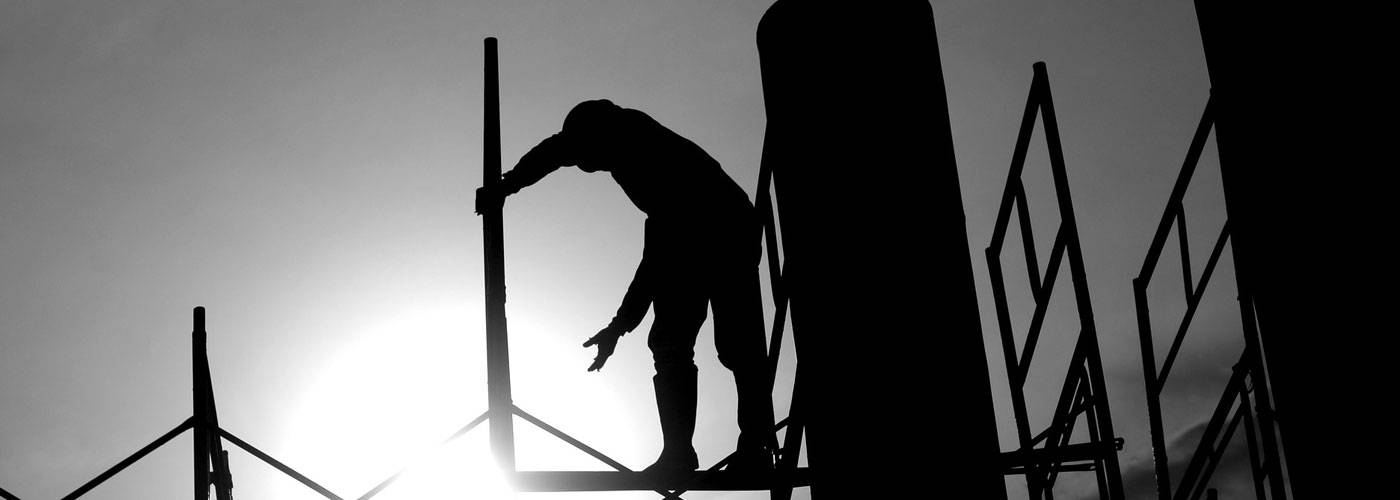

Construcción de edificios antisísmicos. Estructuras flexibles
We have repeatedly been able to see the resistance that many buildings have to earthquakes and the flexibility that their structure can have in order to avoid damages or collapses. This is no accident or product of fortune, its origin is in a careful design and manufacturing process.
The collapses of the buildings are produced by the rigidity that these have attached to a movement of the surface where they are, that is why the key to the structures to withstand a jolt is to make them more flexible.
In order to achieve this objective, each and every one of the plants that make up the building must have what are called articulated meetings, that is, those points where the pillars with the beams or floors with the ceilings are joined. This technique allows to give a certain flexibility to the construction being more resistant to possible movements.
The same construction methodology is used for skyscrapers, which can be whipped by strong winds and need that point of elasticity in order to avoid damages.
The ground on which a building rises also influences its stability. A soft soil can have harmful consequences for the integrity and durability of a structure, so it is important to carry out an exhaustive study of the characteristics of the terrain prior to any building, this analysis will help us provide the construction with tools and protection against possible Complications.
In these cases, two are the most common solutions: the first is the improvement of soil conditions through an artificial process, which has the purpose of compacting the surface giving greater stability to the building. The second option is a technique known as base insulation, a more complex method and is used in areas with a high risk or percentage of earthquakes throughout the year. Said method consists in adding between the foundations and the structure of the building some neoprene insulators that help it to move slightly with the movement avoiding the collapse effect between structure and soil.
At Trisacor, we have extensive experience in the construction sector, both in Murcia and surroundings, implementing the most effective and accurate solutions for each case. This is just another example of the fact that technology is also used in the construction sector in order to achieve buildings that are more resistant and durable, while complementing other concepts such as environmental care or the use of renewable energy.











